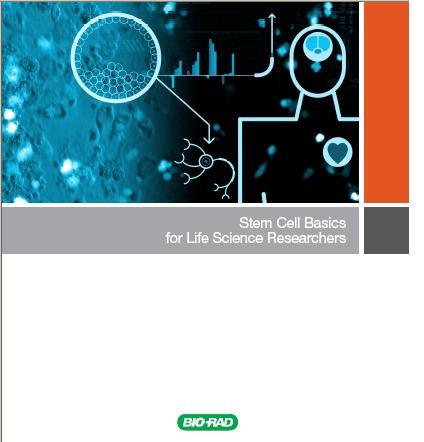Epigenetics – how gene expression is regulated by temporary switches, called epi-marks – appears to be a critical and overlooked factor contributing to the long-standing puzzle of why homosexuality occurs.
According to the study, published online today in The Quarterly Review of Biology, sex-specific epi-marks, which normally do not pass between generations and are thus “erased,” can lead to homosexuality when they escape erasure and are transmitted from father to daughter or mother to son.
From an evolutionary standpoint, homosexuality is a trait that would not be expected to develop and persist in the face of Darwinian natural selection. Homosexuality is nevertheless common for men and women in most cultures. Previous studies have shown that homosexuality runs in families, leading most researchers to presume a genetic underpinning of sexual preference. However, no major gene for homosexuality has been found despite numerous studies searching for a genetic connection.
In the current study, researchers from the Working Group on Intragenomic Conflict at the National Institute for Mathematical and Biological Synthesis (NIMBioS) integrated evolutionary theory with recent advances in the molecular regulation of gene expression and androgen-dependent sexual development to produce a biological and mathematical model that delineates the role of epigenetics in homosexuality.
Epi-marks constitute an extra layer of information attached to our genes’ backbones that regulates their expression. While genes hold the instructions, epi-marks direct how those instructions are carried out – when, where and how much a gene is expressed during development. Epi-marks are usually produced anew each generation, but recent evidence demonstrates that they sometimes carryover between generations and thus can contribute to similarity among relatives, resembling the effect of shared genes.
Sex-specific epi-marks produced in early fetal development protect each sex from the substantial natural variation in testosterone that occurs during later fetal development. Sex-specific epi-marks stop girl fetuses from being masculinized when they experience atypically high testosterone, and vice versa for boy fetuses. Different epi-marks protect different sex-specific traits from being masculinized or feminized – some affect the genitals, others sexual identity, and yet others affect sexual partner preference. However, when these epi-marks are transmitted across generations from fathers to daughters or mothers to sons, they may cause reversed effects, such as the feminization of some traits in sons, such as sexual preference, and similarly a partial masculinization of daughters.
The study solves the evolutionary riddle of homosexuality, finding that “sexually antagonistic” epi-marks, which normally protect parents from natural variation in sex hormone levels during fetal development, sometimes carryover across generations and cause homosexuality in opposite-sex offspring. The mathematical modeling demonstrates that genes coding for these epi-marks can easily spread in the population because they always increase the fitness of the parent but only rarely escape erasure and reduce fitness in offspring.
“Transmission of sexually antagonistic epi-marks between generations is the most plausible evolutionary mechanism of the phenomenon of human homosexuality,” said the study’s co-author Sergey Gavrilets, NIMBioS’ associate director for scientific activities and a professor at the University of Tennessee-Knoxville.
Citation: Rice WR, Friberg U, Gavrilets S. Homosexuality as a consequence of epigenetically canalized sexual development. The Quarterly Review of Biology. Published online 11 December 2012.
Thanks to National Institute for Mathematical and Biological Synthesis (NIMBioS) for this story.















